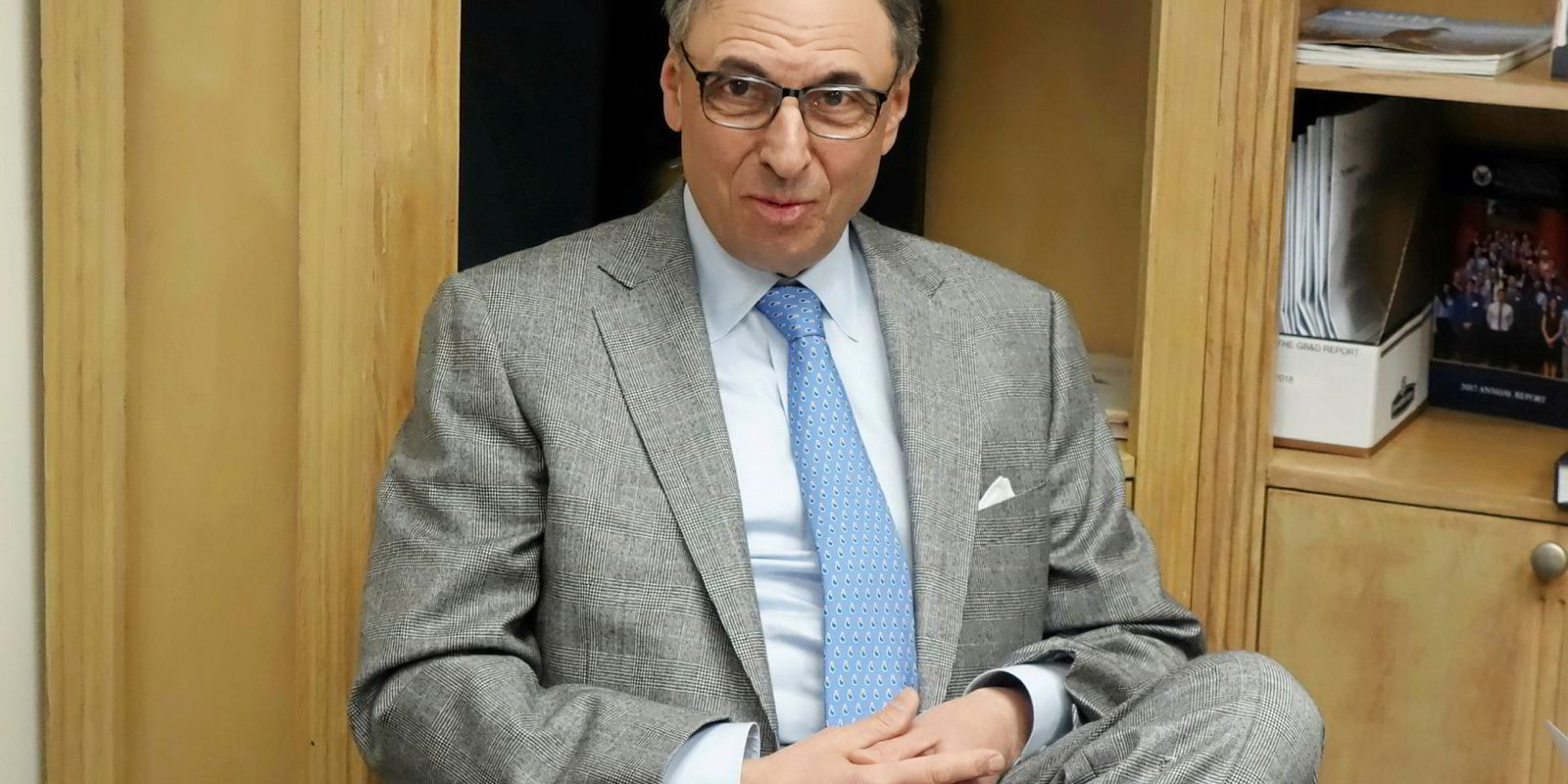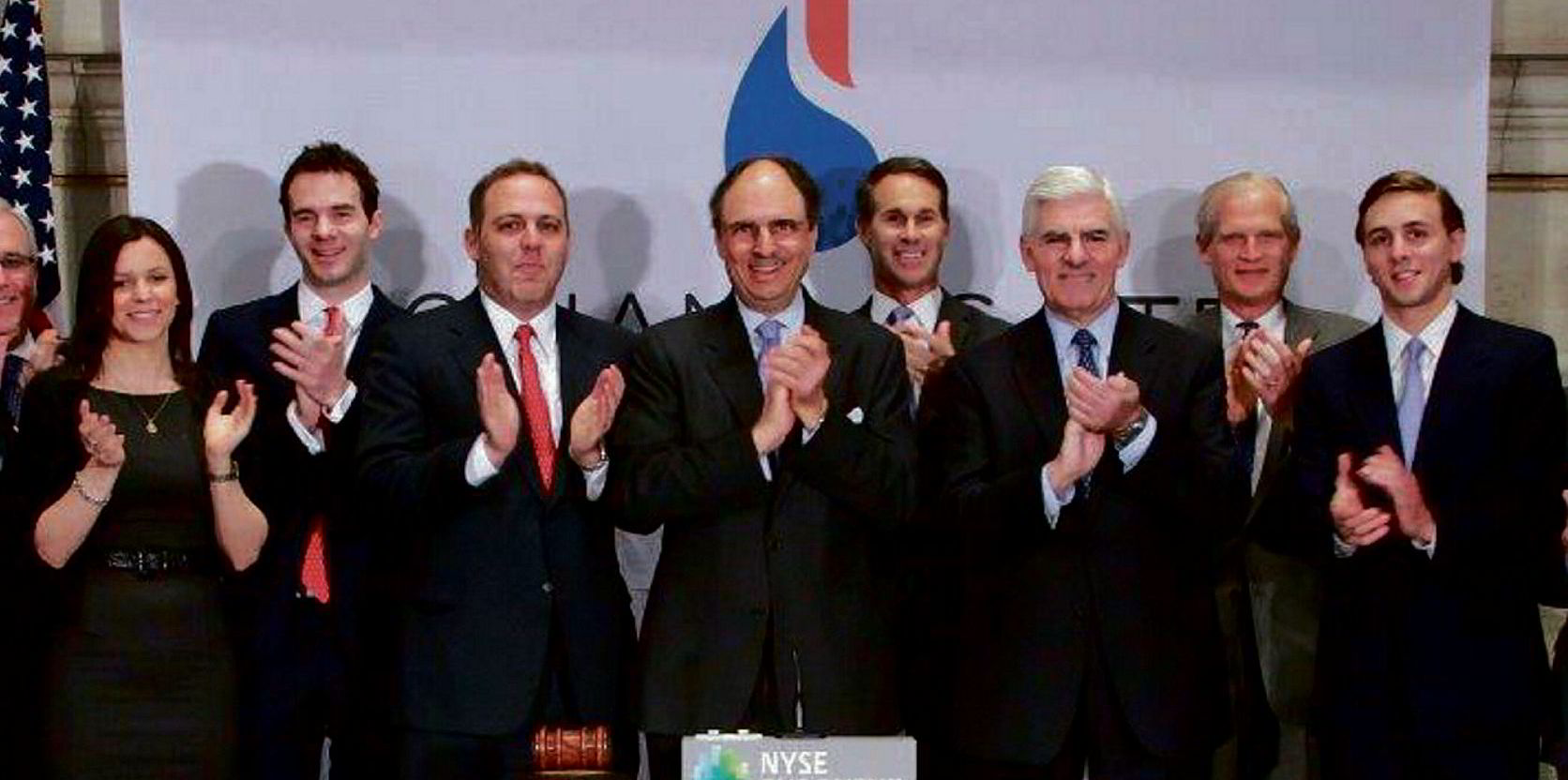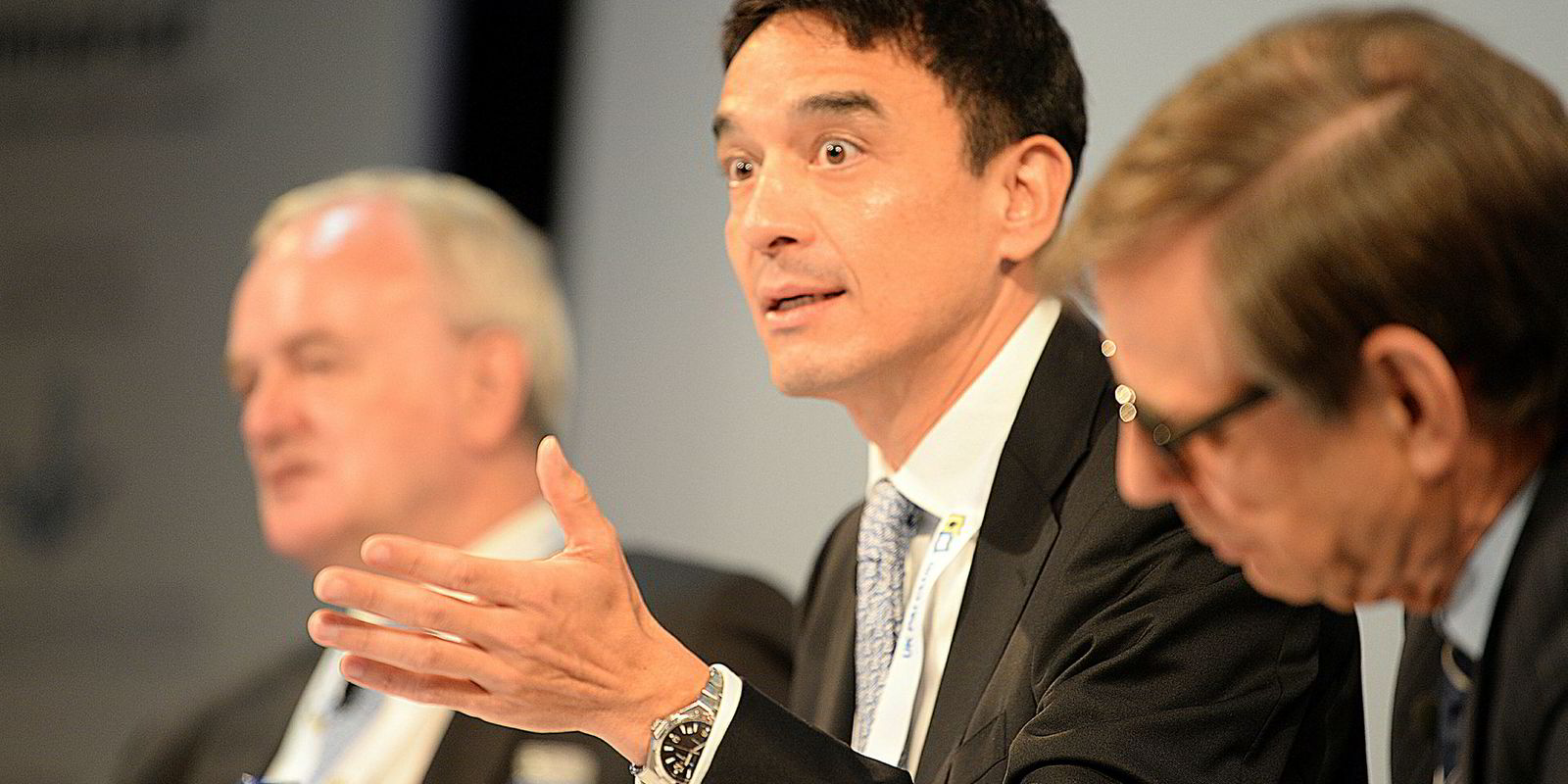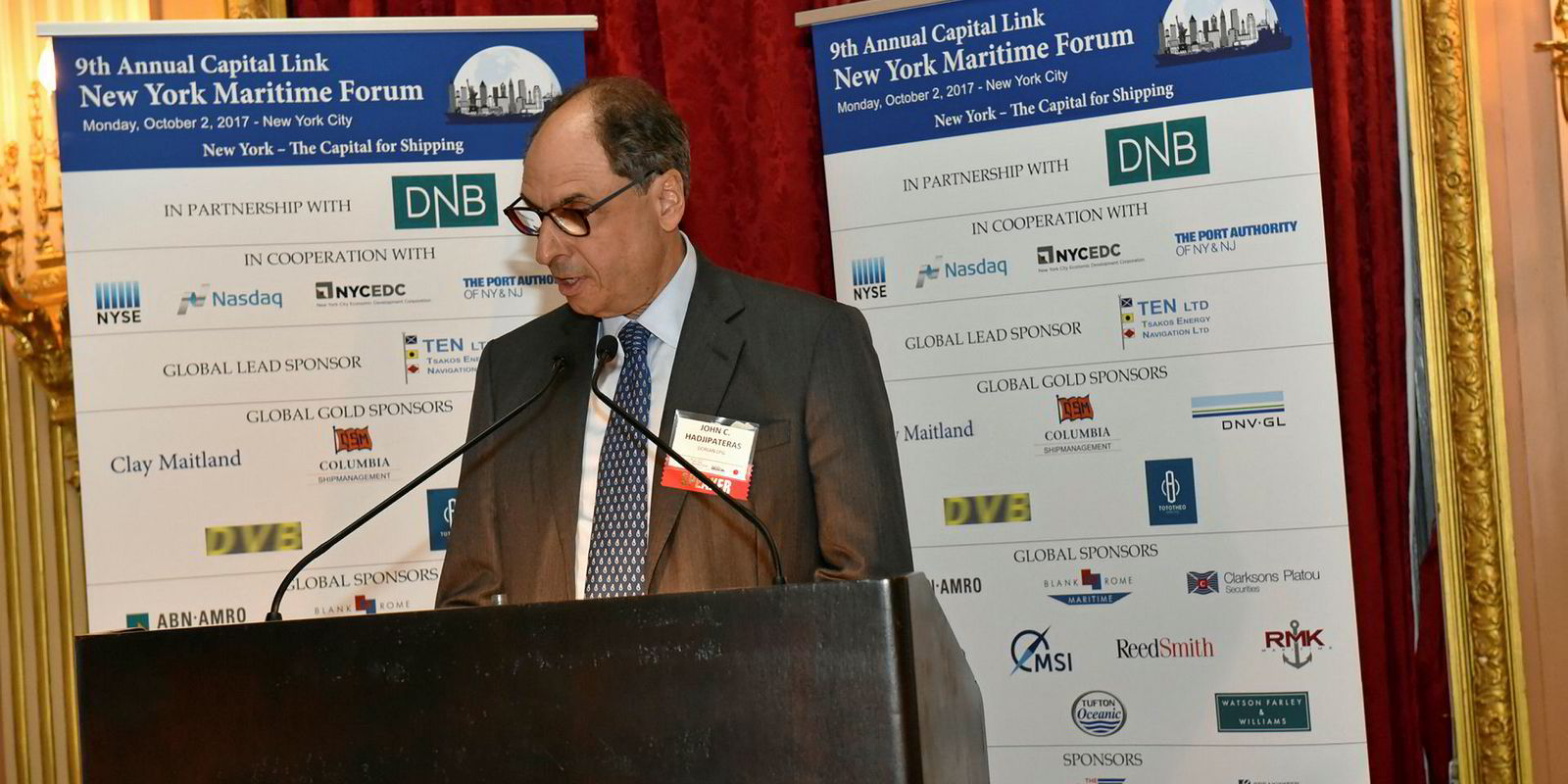John Hadjipateras and his Dorian LPG notched what was arguably their landmark achievement for 2018 in a way that can only be considered defensive, fighting off a hostile takeover bid from BW LPG.
But if Hadjipateras is to be known as more than the sector’s version of Dr No, there has to be more to the plan.
Where does Dorian go from here, and how does it show shareholders that its rejection of BW’s consolidation move was sound?
TradeWinds put that question to the Dorian chief executive and founder just days before he was to don the tricorne hat of the Connecticut Maritime Association (CMA)’s commodore for 2019, the 30th shipping figure to be so honoured.
Speaking at his waterside offices in Stamford, Hadjipateras was prepared, saying Dorian has laid a foundation with its modern fleet. Investors will yet see the rewards.
“Dorian has the potential to reap the full benefit of having the most ‘eco’ fleet in the sector — 19 of our 22 ships are built in the last five years,” he said.
Trading advantage
“These ships have a significant trading advantage over older tonnage. You can see that in our quarterly results.”
With an improving freight market and fuel costs rising next year with the IMO 2020 emissions deadline, investors are poised to benefit, he argued.
“This is the reason our board of directors concluded that the BW proposal undervalued Dorian on both an absolute and relative value basis.”
Still, investors sent Dorian shares downward last October after BW withdrew its offer, and the Connecticut owner remains below that trading level. A sign they wanted to see consolidation?
Again, Hadjipateras has an answer. Yes, Dorian’s numbers are down, but BW’s have moved in similar fashion in Oslo.
From BW’s first approach to this week, BW’s shares have fallen fractionally (by 0.007%), as have Dorian’s (0.03%), based on closing prices on 25 May last year.
The numbers are steeper since BW pulled the offer on 7 October, but still close. Dorian has lost 15.5% to BW’s 14.2% by TradeWinds’ calculations this week.
Then again, the losses point to a generally ugly picture for shipping equities; overall, stocks lost nearly 16% of their value in 2018 and have begun this year dismally.
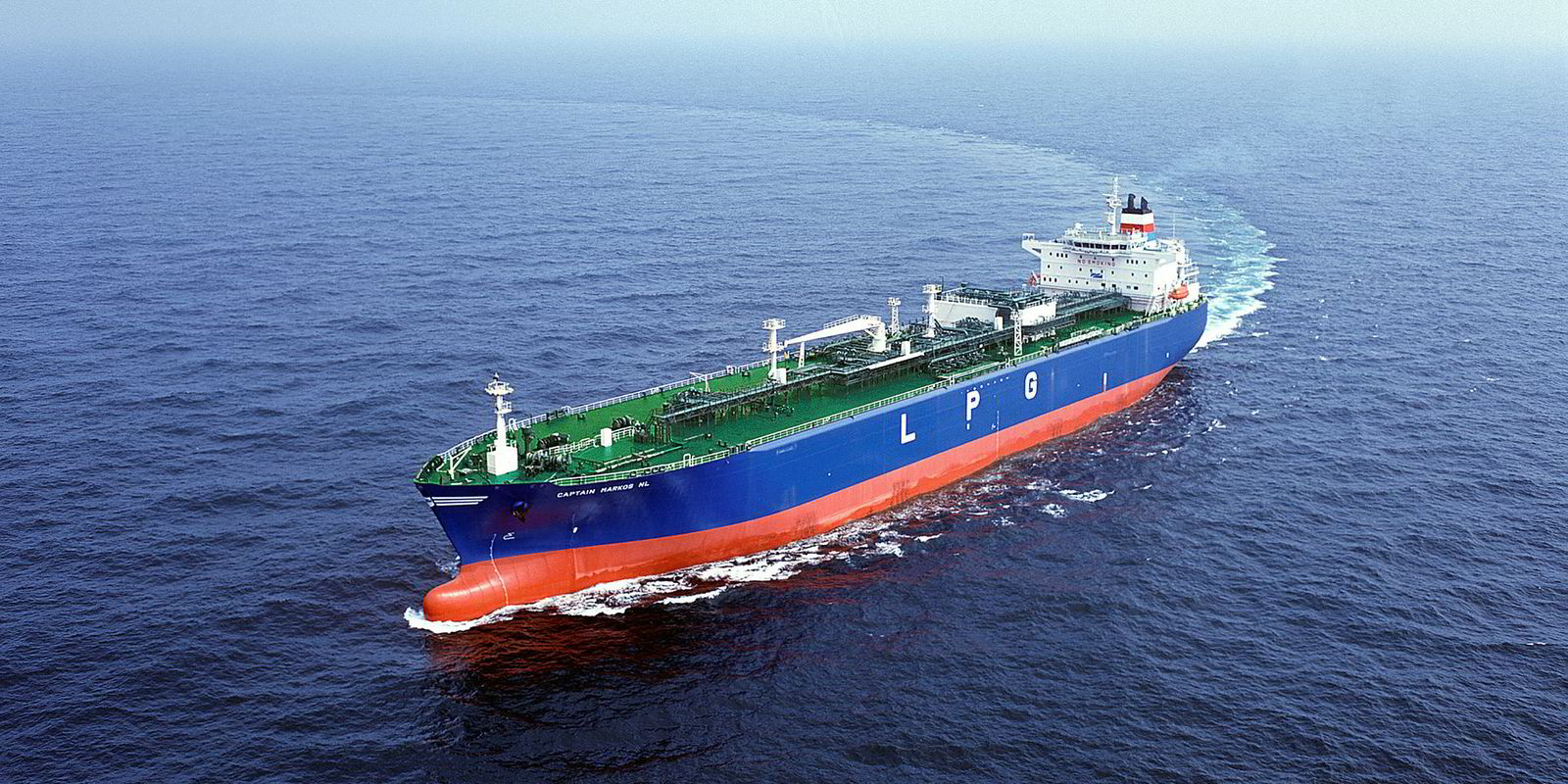
The larger picture is not lost on Hadjipateras.
“I find the discounts on the vast majority of public shipping companies to be incredible,” even for a volatile and cyclical industry, he said. “Why are well-capitalised and well-run companies such as Dorian trading at such deep discounts to net asset value, particularly at a time which would appear to be close to or past the cyclical bottom?”
For Hadjipateras, it raises a question that is being asked more broadly lately.
“People ask whether shipping companies should be listed at all — and it is debatable,” he said. “Generally, a market capitalisation of less than $4bn is said to not provide enough liquidity in the stock market.”
On the other hand, he noted, investors are said to like a “pure play” in a single shipping sub-sector.
“Putting $4bn in any one bulk sector wouldn’t seem feasible or sensible, I’d like to think,” he said.
Still, Hadjipateras hopes investors will come round, and he is not ready to abandon a public market that has helped take his family business to a $375m listed company.
He has built that business in Stamford, and like many commodores before him, has not forgotten the Connecticut part of the Connecticut Maritime Association.
“To be CMA’s commodore is particularly exciting because Connecticut is my home,” he said. “We’re proud to be able to be based in Stamford. We’ve been here since 1993 and it’s a place where I live and I love and we’re very lucky to be in this part of the world.”
